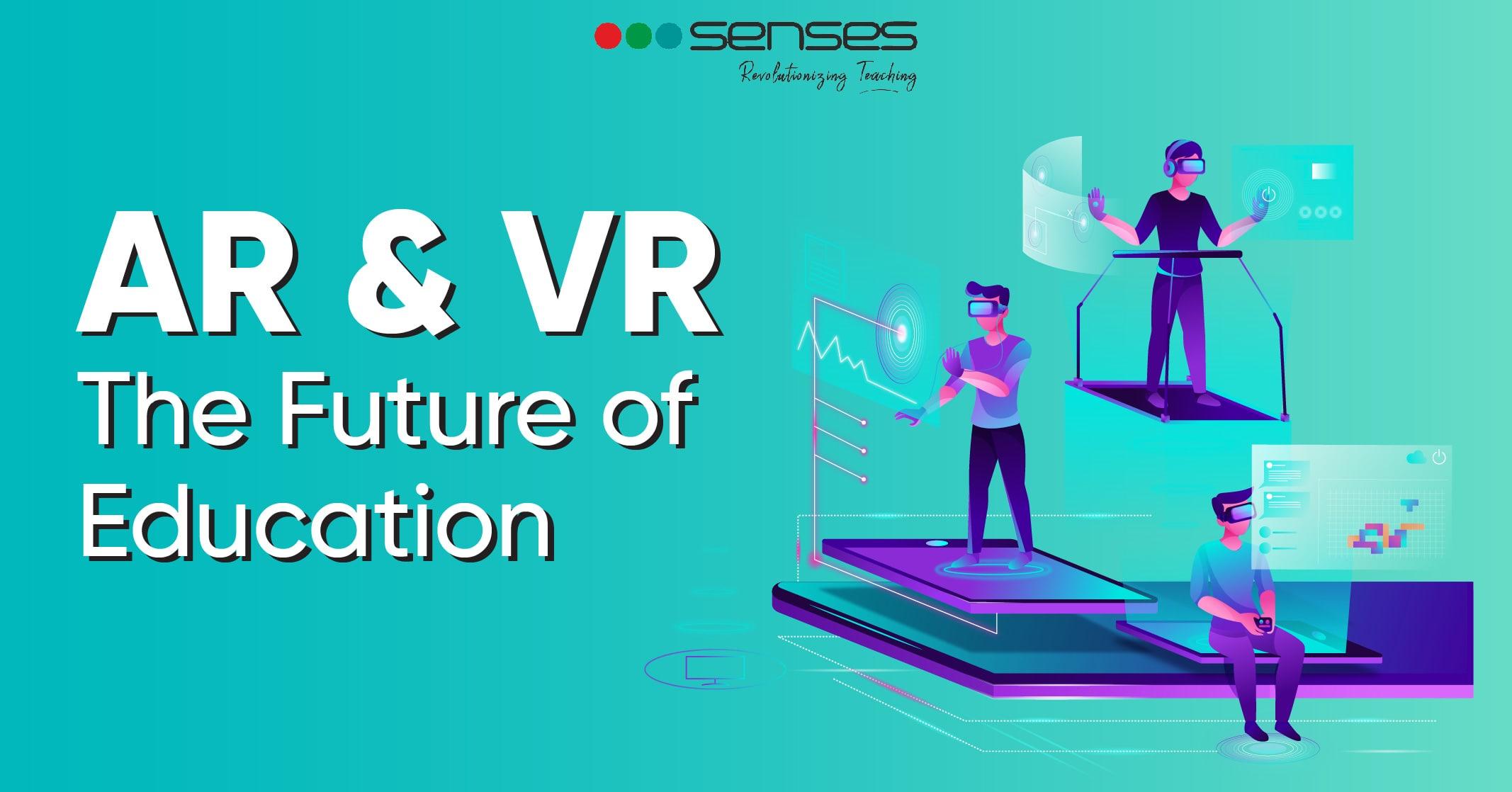Mastering EdTech: How to Train Teachers to Use VR/AR Tools Effectively
the integration of virtual reality (VR) and augmented reality (AR) into classrooms is revolutionizing education. These immersive technologies can boost student engagement, make complex concepts more accessible, and prepare learners for the future. However, the true potential of VR and AR in education hinges on empowering teachers to use these tools confidently and effectively. In this complete guide, we’ll share strategies, best practices, and insights on how to train teachers to use VR/AR tools effectively, ensuring your school or institution masters the latest in EdTech.
Why Training Teachers in VR/AR Tools Matters
With the proliferation of EdTech solutions, it’s not enough to simply invest in cutting-edge VR and AR equipment. For technology to make a meaningful impact,educators must be properly trained to use these platforms efficiently in their teaching.understanding how to train teachers in VR/AR is essential for:
- Improving student learning outcomes with engaging, interactive content
- Ensuring EdTech investments deliver real value
- Reducing technology adoption anxiety among staff
- Fostering a culture of continuous professional progress
Core Benefits of VR/AR Integration in Modern Classrooms
- Enhanced Engagement: VR and AR experiences captivate students’ attention and facilitate deeper understanding.
- Accessible Learning: Arduous topics become tangible and easy to grasp with immersive visuals and simulations.
- Collaboration Skills: Many VR/AR platforms encourage teamwork and collaborative problem-solving.
- Confidence Building: Teachers leveraging new EdTech feel empowered and are more likely to innovate in their teaching.
Key Strategies to Train Teachers on VR/AR Tools
Accomplished VR/AR teacher training requires more than swift introductions to hardware and apps. Effective training programs have several key components:
-
Assess Teacher Readiness and Comfort Levels
- Survey staff to identify prior EdTech experience and areas of interest
- Structure sessions based on beginners,intermediate,and advanced users
-
create Hands-On,Experiential Workshops
- Provide live demos with guided exploration of VR headsets and AR apps
- Let teachers experience lesson modules as students and as designers
-
Integrate Pedagogical Principles
- Demonstrate how VR/AR enhances lesson plans mapped to curriculum goals
- discuss best practices for safe,ethical,and inclusive technology use
-
Offer Ongoing Professional development
- Establish EdTech mentoring programs and online support forums
- Update training regularly as tools and content evolve
-
Promote a Collaborative Learning Culture
- encourage teachers to share experiences,successes,and lesson ideas
- Host regular EdTech showcases or “lunch and learn” sessions
Practical Tips for Educators Adopting VR/AR
- start Simple: Begin with basic apps and pre-designed VR/AR modules to build confidence before moving to advanced features.
- Leverage Free Resources: Many reputable platforms offer trial content and tutorials (e.g., Google expeditions, Merge EDU, CoSpaces EDU).
- Involve Students: Engage tech-savvy learners as “EdTech Ambassadors” to support teachers.
- Integrate gradually: Add one VR/AR activity per unit to avoid overwhelming teachers or students.
- Gather Feedback: Regularly loop in teachers and students to refine your approach and select the best tools.
Real-World Case Study: an EdTech success Story
One public school district in Texas recently launched a district-wide initiative to introduce AR/VR in STEM classrooms. Teachers participated in a three-phase training program:
- Initial Bootcamp: Introductory sessions on using Oculus Quest headsets, safety, and accessing starter lessons.
- Guided Implementation: coaches collaborated with teachers to design AR/VR-enhanced lab experiments and history field trips.
- Ongoing Support: Monthly meetups and digital forums allowed teachers to troubleshoot and share innovations.
The result? Teacher adoption surged, and students reported significantly increased engagement. Test scores in targeted STEM subjects improved by an average of 14%. The key to their success was robust, iterative teacher training and a supportive culture of continuous learning.
First-Hand Experience: A Teacher’s Viewpoint
“As someone who was initially intimidated by using VR, I found the hands-on workshops invaluable. Being able to try the headsets myself, with someone guiding me, made all the difference. What surprised me most was how eager my students were to participate and help troubleshoot. Now, VR and AR aren’t just a flashy add-on—they’re an integral part of my teaching toolbox.”
— Rachel M.,Middle School Science Teacher
Best Practices for Sustained Teacher Development in EdTech
- invest in Leadership: Appoint EdTech coordinators or tech-savvy educators as peer leaders.
- Prioritize Accessibility: ensure all teachers,including those with disabilities,have access to adapted training and tech.
- Measure and Celebrate Progress: Set clear goals, monitor classroom impacts, and recognize teacher achievements in VR/AR integration.
- Stay Future-Ready: encourage teachers to explore trends like AI-driven learning and cross-platform AR for lifelong learning.
Conclusion: Empowering Educators for the Next Era of Learning
Mastering EdTech isn’t just about having the latest gadgets in the classroom—it’s about equipping teachers with the skills and confidence to shape immersive, effective learning experiences. By embracing robust training programs, fostering collaborative learning environments, and keeping professional development at the core of your EdTech strategy, you can unlock the full potential of VR/AR in education. Train teachers to use VR/AR tools effectively, and you’ll not only ignite student curiosity but also ensure your school is leading the charge into the future of education.
Looking to get started? Begin with a staff readiness survey, schedule hands-on workshops, and tap into the thriving online EdTech community for support. the future of immersive learning starts with empowered, well-trained teachers!

